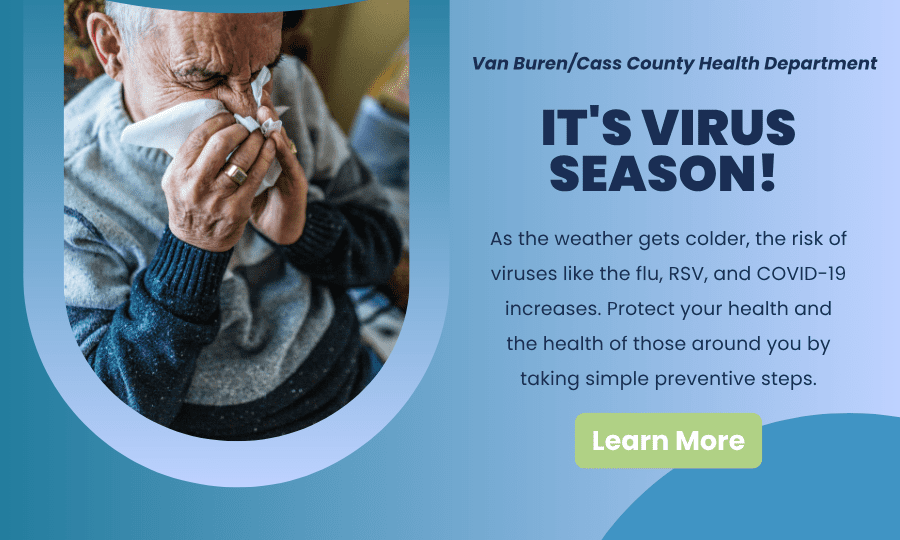PFAS
What Are PFAS?
Perfluoroalkyl Substances (PFAS) are a group of human-made chemicals used in various industrial and consumer products for their water, oil, and heat resistance. PFAS include well-known compounds like PFOA and PFOS, which were used in non-stick cookware, water-repellent clothing, firefighting foams, and more. These chemicals persist in the environment and pose significant health risks, including:
- Cancer
- Reproductive issues
- Immune system disorders

How to Protect Your Health
- Monitor Updates: Stay informed by following updates from MPART and local agencies.
- Access Reliable Resources: Connect with trusted sources for the latest information on PFAS.
- Follow Health Guidelines: Take proactive steps by adhering to health and safety guidelines regarding PFAS exposure.
Key PFAS Facts:
PFAS chemicals do not break down easily in the environment, leading to widespread contamination.
Exposure to PFAS can occur through drinking contaminated water, consuming affected food, or using products made with PFAS.
Ongoing research and regulations are aiming to reduce public exposure and manage the effects of these substances.
Learn More
What is PFAS and where does it come from?
Contact VBCDHD Environmental Health
- Call us at (269) 621-3143.
- Need further assistance? Contact EGLE’s Environmental Assistance Center at 1(800) 662-9278 for additional resources.
Trusted PFAS Resources
We partner with leading agencies to bring you the most up-to-date information:
- Environmental Protection Agency (EPA) PFAS Information: Provides comprehensive details on health effects, regulatory actions, and prevention.
- Agency for Toxic Substances and Disease Registry (ATSDR): Resources on PFAS exposure and health effects.
- Centers for Disease Control and Prevention (CDC): Guidance on exposure and health studies.
- Environmental Working Group (EWG): Explore contamination sites through EWG's interactive map.


